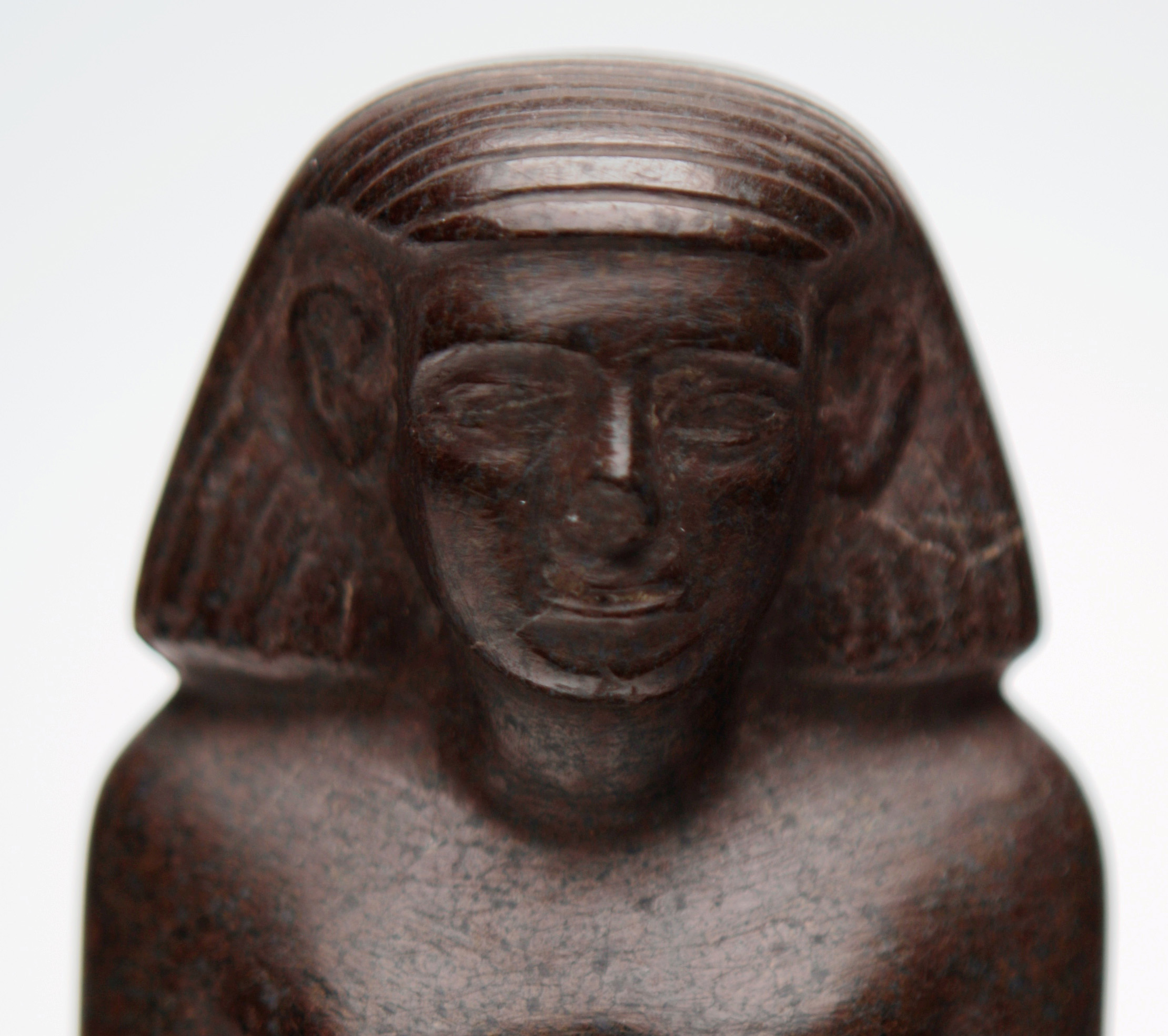Why Egyptian Statue Moves On its Own
An ancient Egyptian statue appears to have started moving on its own, much to the amazement of scientists and museum curators.
The statue of Neb-Senu, believed to date to 1800 B.C., is housed in the Manchester Museum in England — at least for now. But if the statue keeps moving, there's no telling where it will end up.
"I noticed one day that it had turned around," museum curator Campbell Price told the Manchester Evening News. "I thought it was strange because it is in a case and I am the only one who has a key.
"I put it back, but then the next day it had moved again," Price said. "We set up a time-lapse video and, although the naked eye can't see it, you can clearly see it rotate." [In Photos: Ancient Egyptian Skeletons Unearthed]
The 10-inch (25 centimeters) statue was acquired by the museum in 1933, according to the New York Daily News. The video clearly shows the artifact slowly turning counterclockwise during the day, but remaining stationary at night.

This daytime movement led British physicist Brian Cox to believe the statue's movement is due to the vibration created by museum visitors' footsteps. "Brian thinks it's 'differential friction,' where two surfaces — the stone of the statuette and glass shelf it is on — cause a subtle vibration, which is making the statuette turn," Price said.
"But it has been on those surfaces since we have had it and it has never moved before," Price said. "And why would it go around in a perfect circle?"
Sign up for the Live Science daily newsletter now
Get the world’s most fascinating discoveries delivered straight to your inbox.
On his blog, Price also speculates that the statue "was carved of steatite and then fired [which] may imply that it is now vulnerable to magnetic forces." Steatite, also known as soapstone, is a soft stone often used for carving.
Oddly, the statue turns 180-degrees to face backward, then turns no more. This led some observers to wonder if the statue moves to show visitors the inscription on its back, which asks for sacrificial offerings "consisting of bread, beer, oxen and fowl."
None of the proposed explanations satisfies Price. "It would be great if someone could solve the mystery," he said.
But Paul Doherty, senior scientist at the Exploratorium in San Francisco, believes the statue's movement isn't caused by any supernatural force, but by something quite ordinary: vibrational stick-slip friction, sometimes called stick-slip vibration.
As Doherty told LiveScience, if the glass shelf on which the statue rests vibrates even slightly, "the vibrating glass moves the statue in the same direction," causing it to turn around.
An everyday example can occur when someone uses an electric blender on a kitchen countertop: The vibration of the blender can cause a nearby coffee cup to "walk" across the countertop.
But why would the statue stop moving after turning 180 degrees? Doherty believes the statue stops turning because it's asymmetrically weighted: "One side of the statue has more weight than the other side." After turning around on the shelf, the statue's uneven bottom reaches a more stable position and stops turning.
Besides the footsteps of passing museum visitors, the source of the stick-slip vibration "could be some trolley that goes by during the day, or a train that passes during the day," Doherty said.
Follow Marc Lallanilla on Twitter and Google+. Follow us @livescience, Facebook & Google+. Original article on LiveScience.com.










